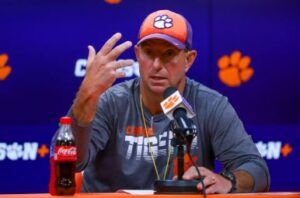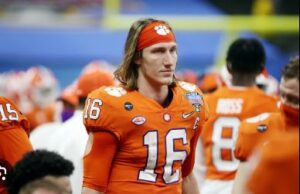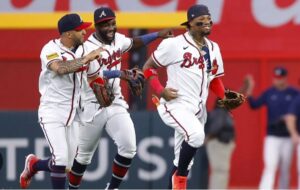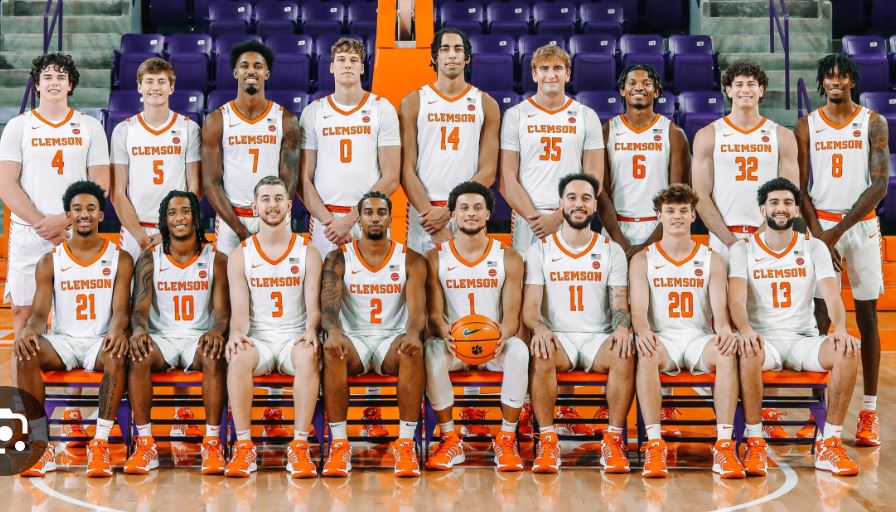
If the NCAA’s settlement of antitrust cases is authorized in the next few days, Clemson’s revenue-sharing agreements with student-athletes will go into force in July.
However, Clemson asserts that its agreements with athletes are not public records, in contrast to the majority of contracts signed by a public institution.
According to the university’s answer to a Post and Courier public documents request, the contracts are “proprietary” in nature, as are statistics on the number of agreements signed for each sport and their respective values.
Release of the information, Clemson’s legal counsel claimed, would place the university at a “competitive disadvantage.” Unsigned and devoid of contract terms, even a “boilerplate” copy of Clemson’s revenue-sharing agreement is considered a “work product of legal counsel” and is considered confidential.
When the university originally responded to The Post and Courier’s request for revenue-sharing agreements in January, it used the “trade secret” defense. Clemson first argued the contracts were educational data exempt under the Family Educational Rights and Privacy Act (FERPA).
“In my opinion, all of the alleged exemptions are absurd,” stated Jay Bender, a lawyer with the South Carolina Press Association.
“I don’t think there’s anything educational about paying someone to play football,” Bender said. “They’re making this up as they go along.”
“In my opinion, all of the alleged exemptions are absurd,” stated Jay Bender, a lawyer with the South Carolina Press Association.
The blurred lines of college sports
It’s obvious that Clemson wants to keep things as secret as possible when it comes to signing athletes to contracts.
Actionable intelligence is when rival schools are aware of the amount of money the university is allocating to various sports or even players at specific positions on a football team.
According to an April story by Tiger Illustrated, which cited unnamed sources, defensive tackle Peter Woods will be one of four “millionaires” on Clemson’s squad, and quarterback Cade Klubnik will receive $2.5 million for his name, image, and likeness (NIL) next season.
It’s unclear if those alleged agreements merely include revenue-sharing funds or if they also include NIL funds from the 110 Society, a collective that receives funding from boosters. However, without access to the Clemson documents that were requested, the numbers could not be verified.
According to South Carolina law, unless the institution is “a party” to the contract, players’ NIL agreements with collectives and other businesses that go via the university for a compliance assessment are not disclosed.
Despite being a signatory to its revenue-sharing agreements, Clemson is protecting people involved in disputes over trade secrets and academic records.
“It’s a contract entered into by a public body, which is the university, and it is under the law a public record,” Bender explained. Once it’s entered, it’s no longer confidential, thus it’s not a work product. It has been viewed by whoever signed it.
The open records legislation in South Carolina does include safeguards for “public bodies” that “market services or products in competition with others.”
However, that part has to do with “marine terminal service and non-tariff agreements.”
“The proprietary information exemption is only when the public body engages in the production of a product,” Bender stated, “and putting a team on the football field is not a product.”
The television networks that show games for billions of dollars may not agree. Every day it seems like college athletics is becoming more and more of a “industry,” as Clemson athletic director Graham Neff is quick to describe it.
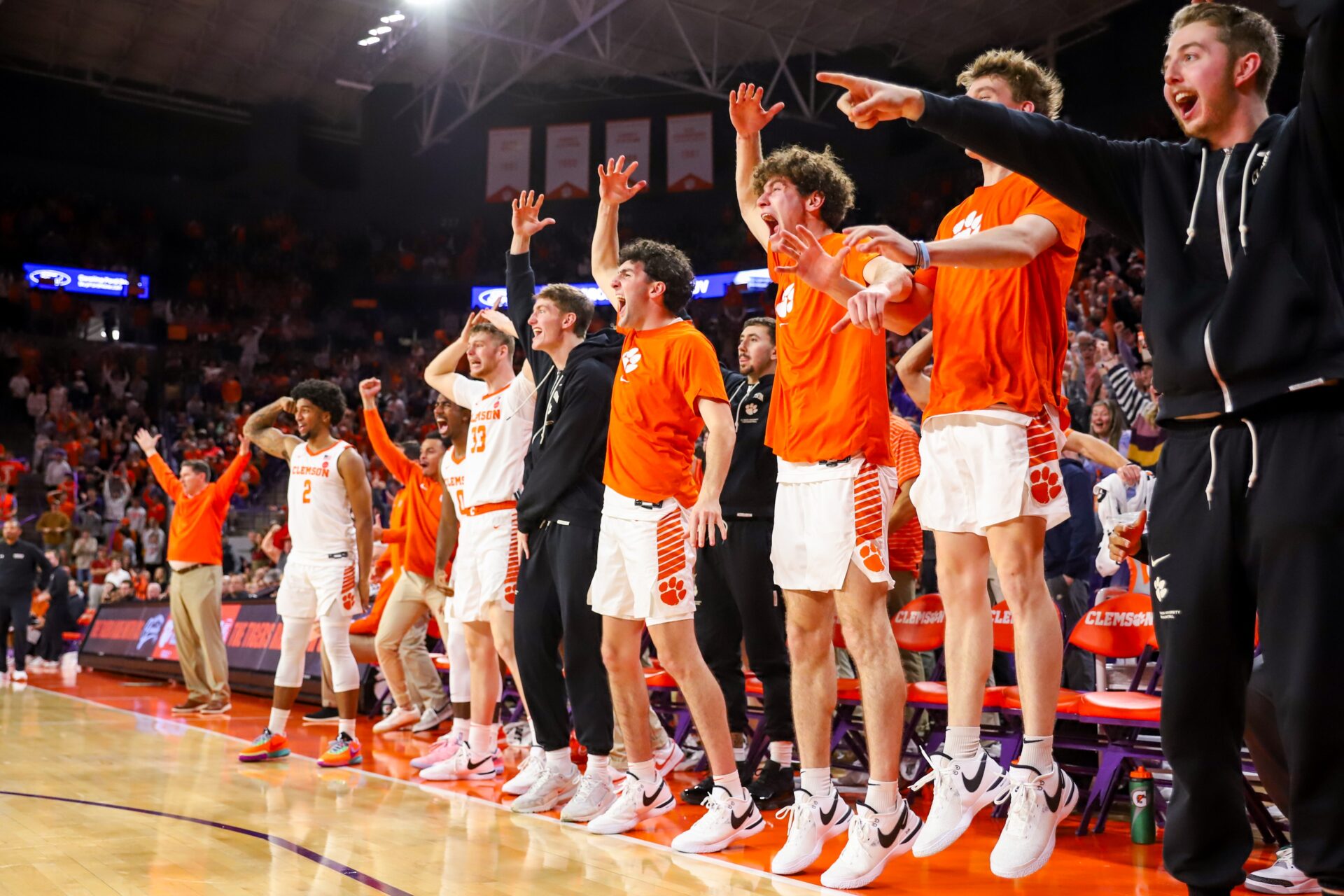
The Tennessee Volunteers severed relations and effectively exchanged quarterbacks with UCLA through the transfer portal when star quarterback Nico Iamaleava’s demand for more NIL money turned into a public argument.
Dosh and players’ representatives have highlighted “buyout” conditions comparable to what’s incorporated into coaches’ contracts. There are “morality” clauses for breaching team rules or unlawful activity, as well as provisions that allow a university to change remuneration depending on rises or declines in an athlete’s NIL value.
According to Dosh’s book, there are provisions compelling players to give up any future claims that they were employed or that their NIL value was impacted by a coach’s choice.
Dosh is able to defend the idea that revenue-sharing agreements might be considered educational records. However, she is unsure if the term “proprietary” is appropriate.
Dosh stated, “The claim by schools that it is a trade secret raises the question of how it differs from any contract that athletic departments enter into as part of their overall strategic operations, such as a coaching contract, apparel contract, or any other contract that they disclose under open records laws.”
